Rev. William Porkess became the Rector of St. Stephen’ on March 1, 1919. He wanted the stained glass windows to have continuity in telling the story of Christianity and the church. Over a period of 25 years, he consulted with craftspeople both in this country and in England, and planned for 41 windows. The first five windows were installed early in his ministry.
The church story is in ten chapters:
- Sacramental Life of the Church
- Entrance Into the Church
- Ministry of the Church Through the Apostles
- Patron St. Stephens
- Seasons of the Church
- Worship of the Church
- Faith of the Church
- Prayer of the Church
- Giving of the Church
- Music of the Church
Rev. William Porkess made the statement, “I do not know if I shall live to see all of the windows installed. But I have the satisfaction of knowing the entire theme has been drafted. Some day it will be completed.”
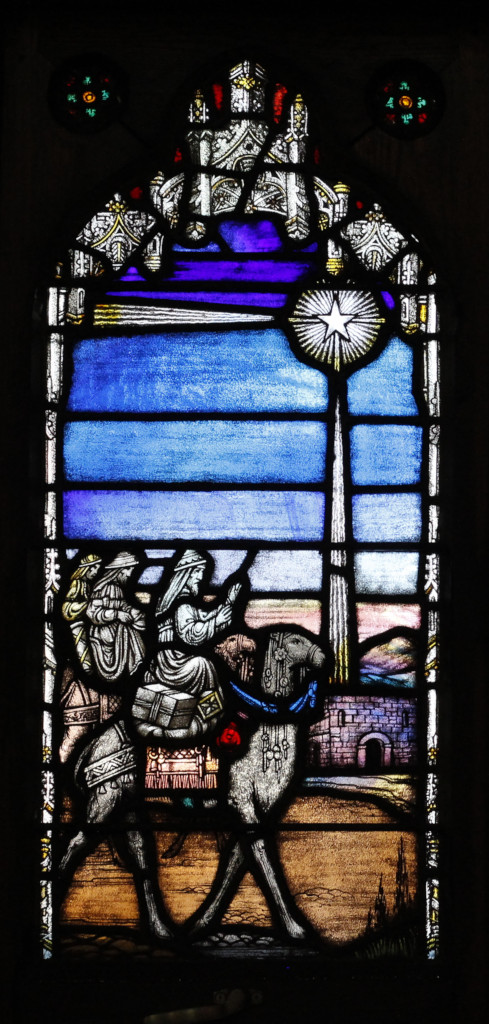
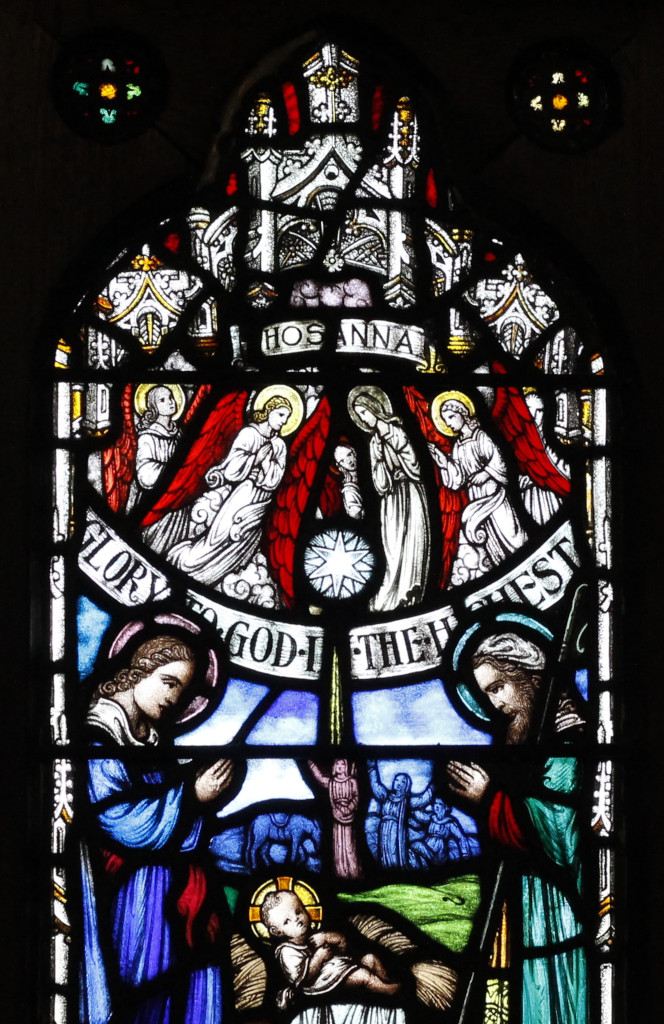
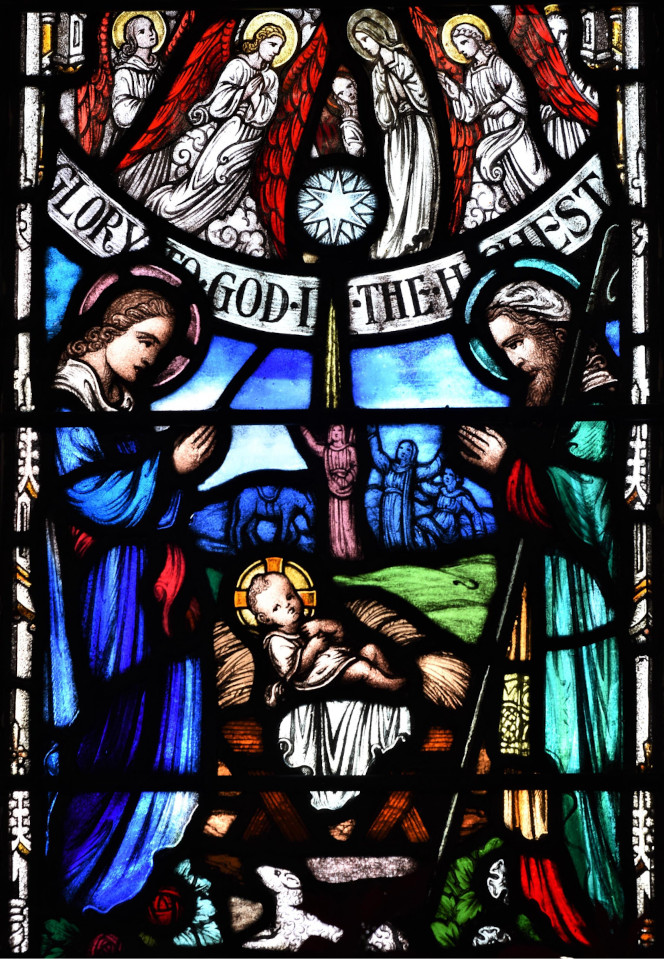

Ed Taylor, St. Stephen’s Historian and Archivist, a past president of the Wilkinsburg Historical Society, writes on “Seasons of the Church—Christmas Tide,”
Each of the stained glass windows in the west wall—Pitt St. side of the church building—provide a picture which gives the message and symbols of a particular season of the church. As one enters the main doors of the church on the right among those for the seasons of the church there are the three stained—glass windows depicting the scenes of Advent Tide, Christmas Tide, and Epiphany Tide.
In the middle of these three windows, is the Christmas Tide window, which tells the Christmas story. The baby Jesus lies in his swaddling clothes on top of the hay, his mother and father prayerfully standing on each side. A small lamb lies under the manger. Joseph has a shepherd crook on his shoulder, perhaps symbolizing that he will bear the burden for the welfare of his family and will lead them in safety. A choir of angels with red wings in the heavens above sings, “Hosanna—glory to God in the highest. And they shall call his name Emmanuel.” (Red wings symbolize messengers, as marked the angel Gabriel.) Two superimposed bright stars of six points above them beams down on the scene. In the distance shepherds rush in from the fields to see the baby, hands uplifted, dropping their crook and leaving their donkey. (Luke 2: 1–20) The shield for this window is a six pointed bright star. (The six points symbolizing a new creation, similar to the six days of God’s time in creating the world and its inhabitants.)
The Christmas window was given by Samuel Guy and Virginia Little in memory of their youngest son Samuel—“Sammie”—Guy Little, Jr. He lost his life on the beaches of Anzio on 2 March 1944, and is buried in the Sicily—Rome American Cemetery in Nettuno, Italy, with many others of his fallen comrades.
[In memoriam Samuel Guy Little, Jr. (1923–1944)]
Ed Taylor writes in “Seasons of the Church—Epiphany Tide,”
To the left in this group of three windows is the message of Epiphany Tide—the three wise men—Magi or Kings—riding on their camels from the East. “Now when Jesus was born in Bethlehem of Judea in the days of Herod the king, behold, there came wise men from the east to Jerusalem." (King James Version, Matthew 2:1) The camels are loaded with boxes holding the gifts for the Christ child, gold “symbolizing Christ’s immortality and purity,” frankincense “symbolizing prayer and sacrifice,” and myrrh “symbolizing mortality” used later in wrapping his body for the tomb. (Matthew 2:11) Their camels are moving toward a bright star—the Advent star, its rays shining down on what appears to be a stable. (“Epiphany commemorates Christ’s first manifestation to the gentiles as the promised Messiah, symbolized by the visit of the Wise Men.” Some astronomers have suggested that the star was the bright planet Venus.) The shield beneath this window is this bright star—five pointed—with shining rays. (One interpretation of five is that “it is the number of grace.”)
[This window was given in memory of Minnie Agnes Rowe (1882–1949)]
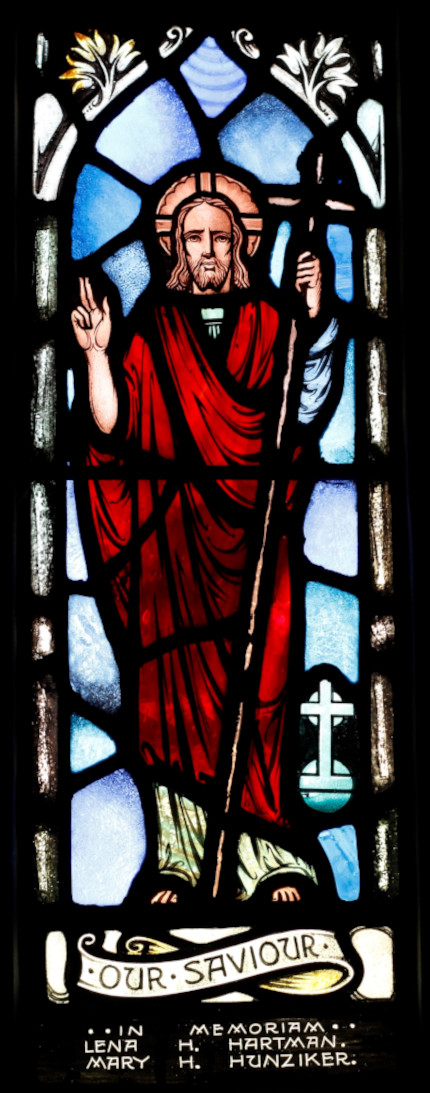
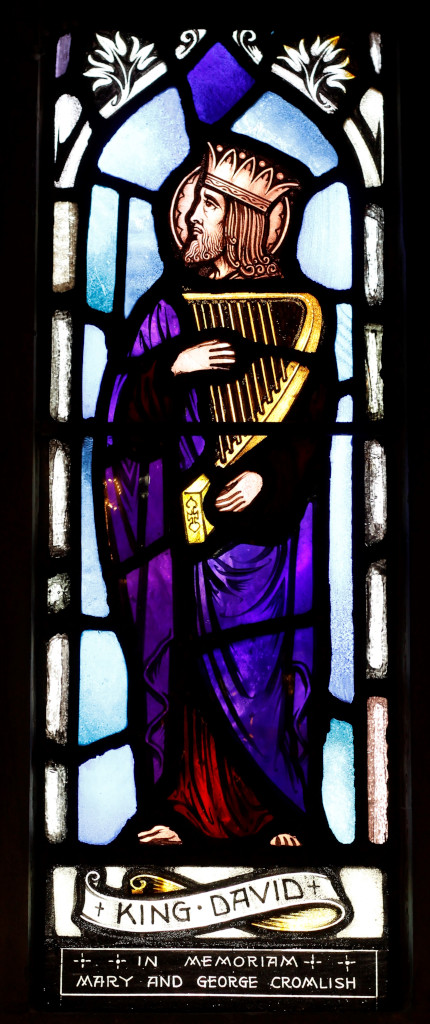
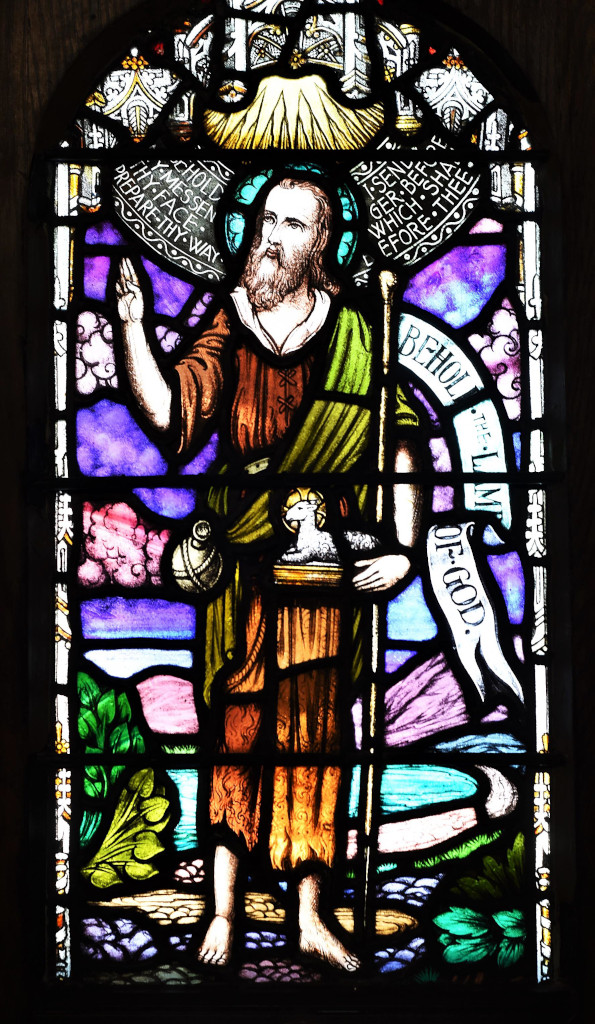
Clif McGill
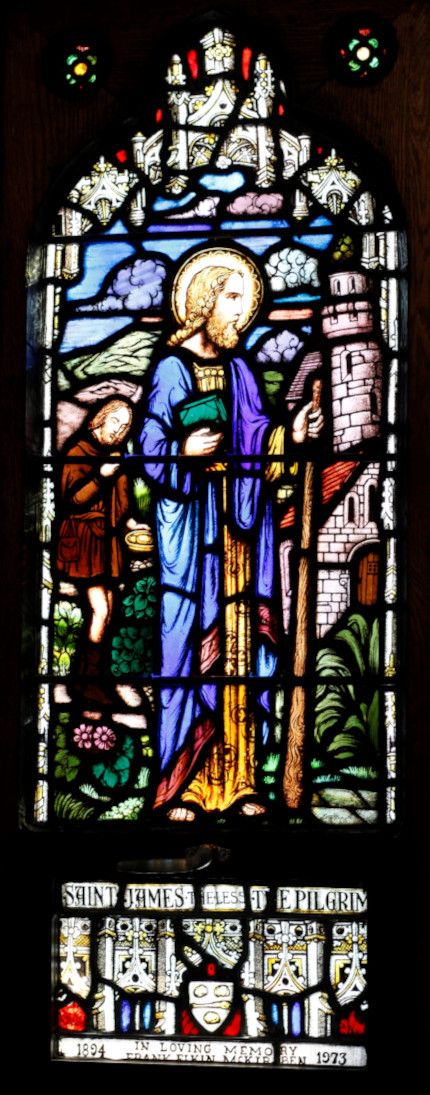
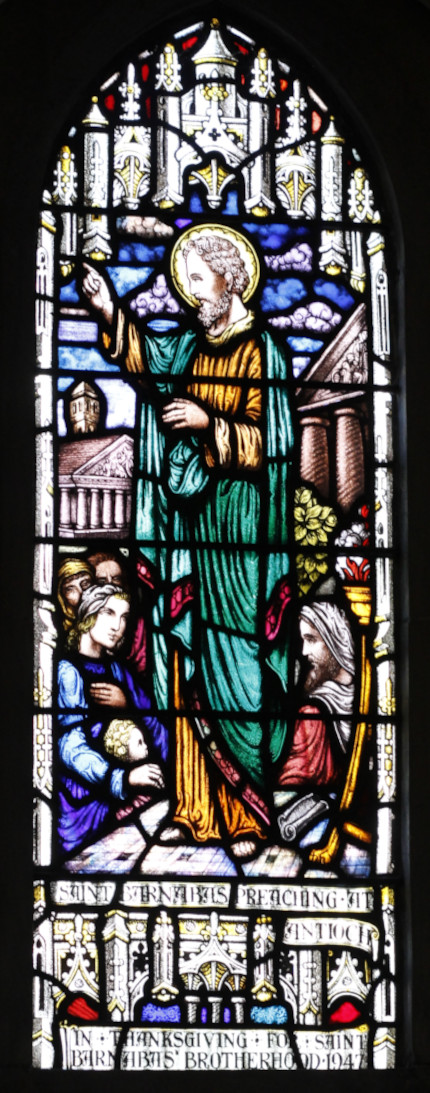
Ken Chute
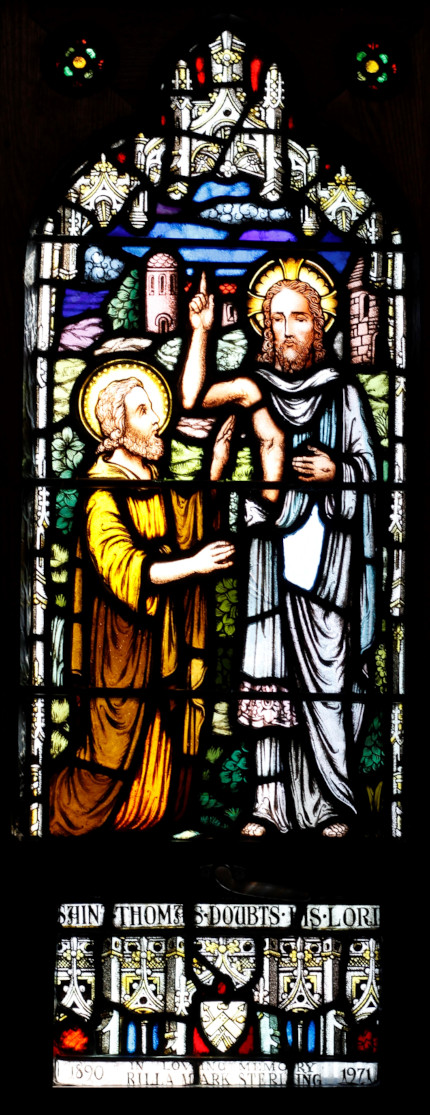
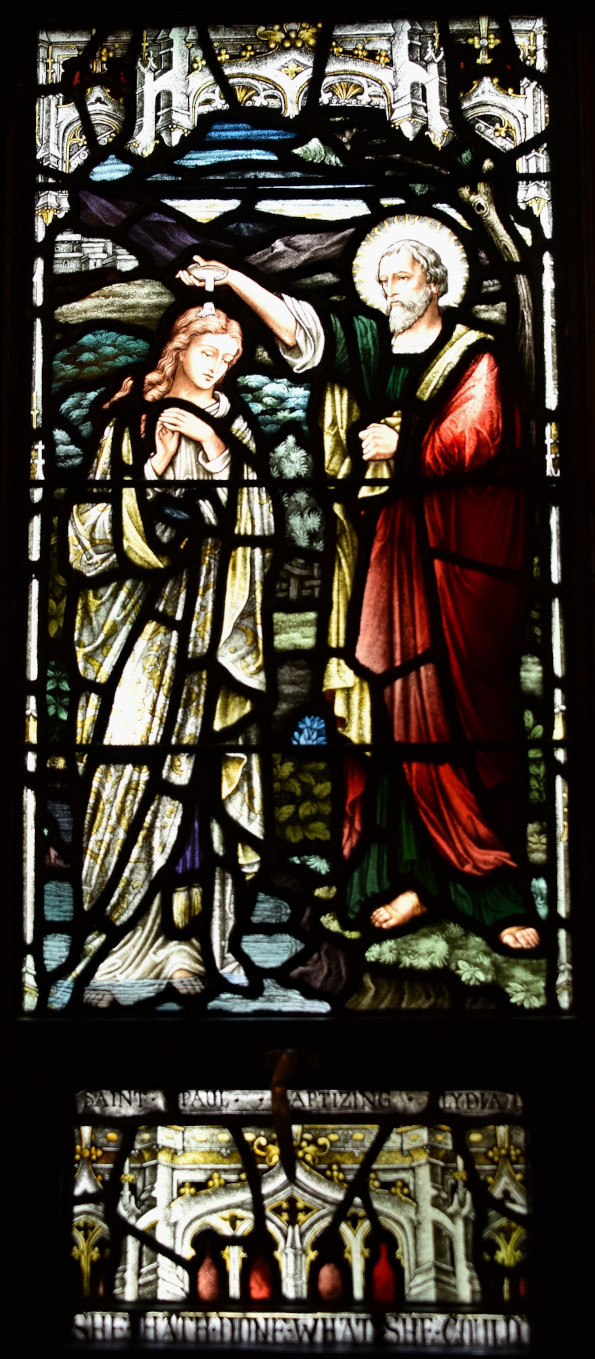
Clif McGill

Clif McGill
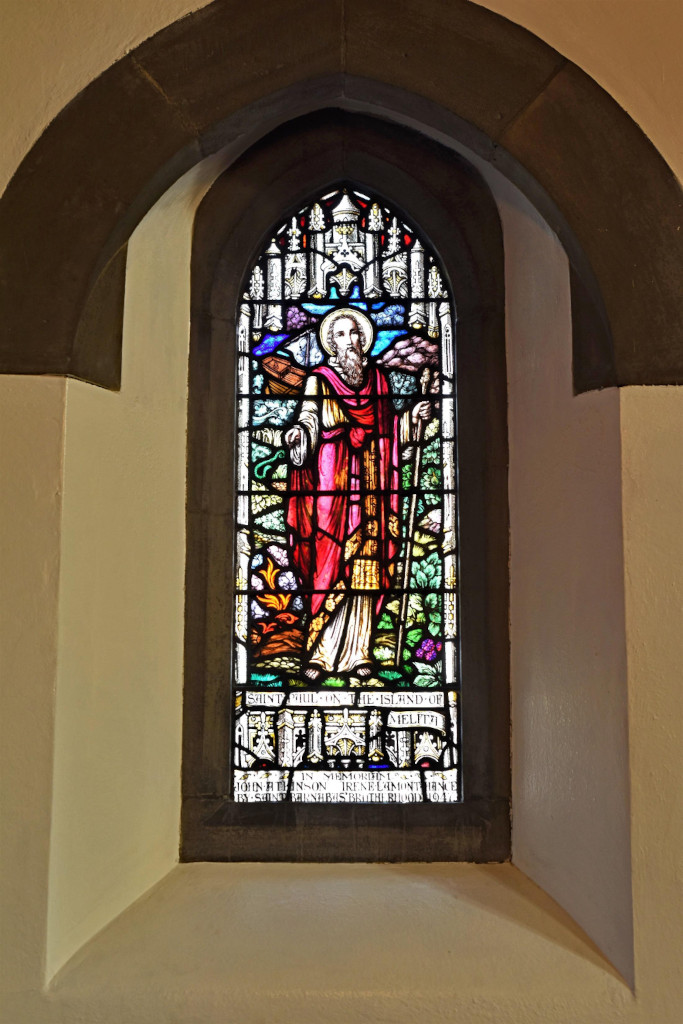
Clif McGill
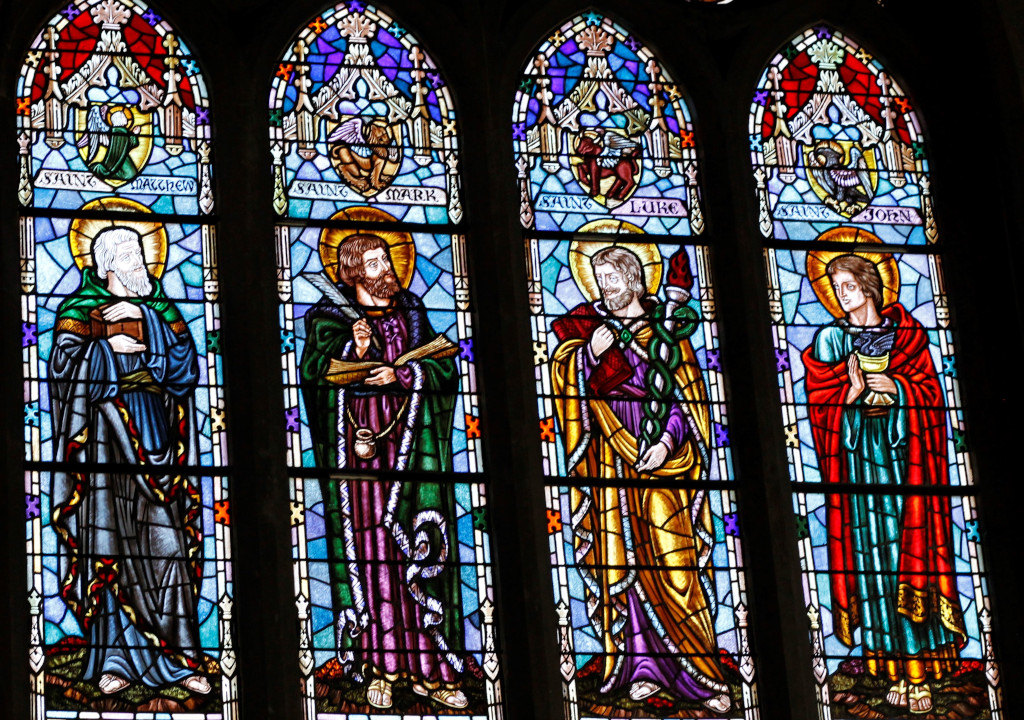
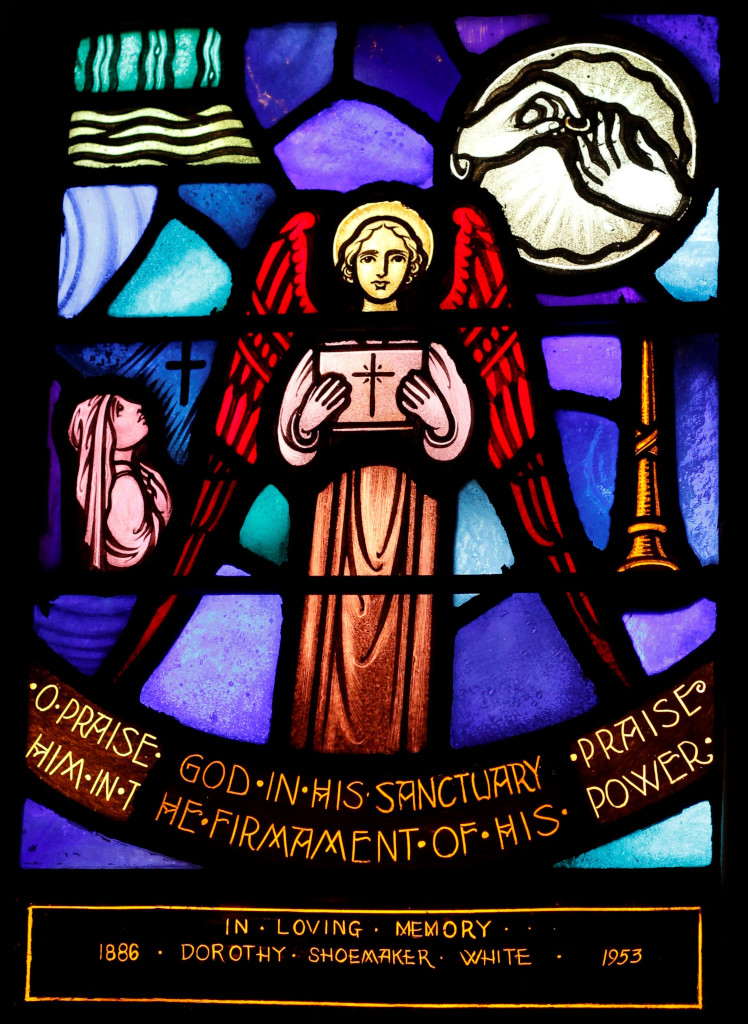
A Facebook video at
https://www.facebook.com/600PittStreet/videos/1398659327157654 shows the beautiful “I Am The Good Shepherd” stained glass window.
______
William Faust, “In Stained Glass—Church Windows Tell Story of Christianity, 25 Years Spent in Planning Theme,” February 14, 1948.
Edward Taylor, “Seasons of the Church—Christmas Tide,” St. Stephen’s Weekly, December 29, 2013, p. 6.
http://ststephenspittsburgh.org/wp-content/uploads/2014/01/Lessons-and-Carols-Sunday-Weekly-Dec.-29-2013.pdf
Edward Taylor, “Seasons of the Church—Epiphany Tide” St. Stephen’s Weekly, January 12, 2014, p. 6.
http://ststephenspittsburgh.org/wp-content/uploads/2014/01/First-Sunday-after-Epiphany-Weekly-Jan-12-2014.pdf.